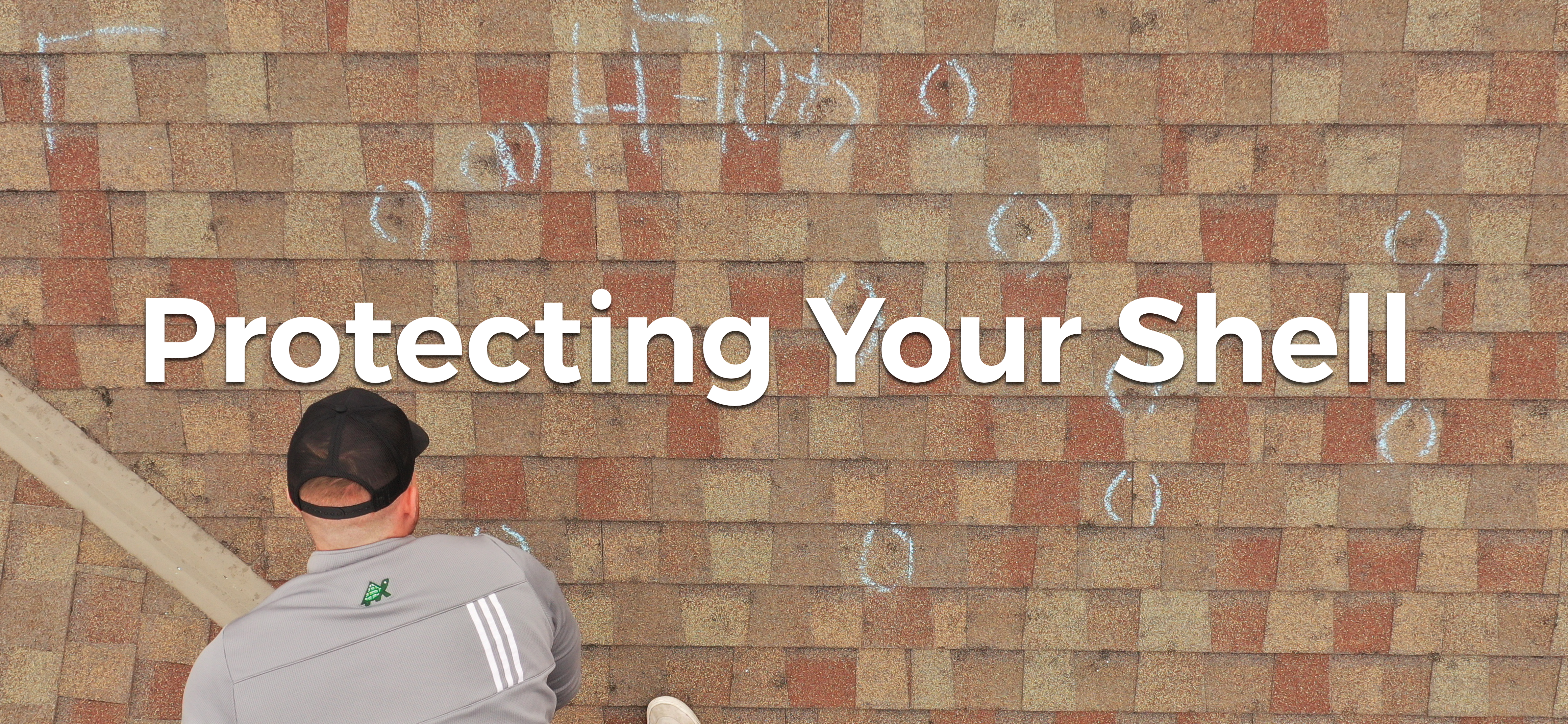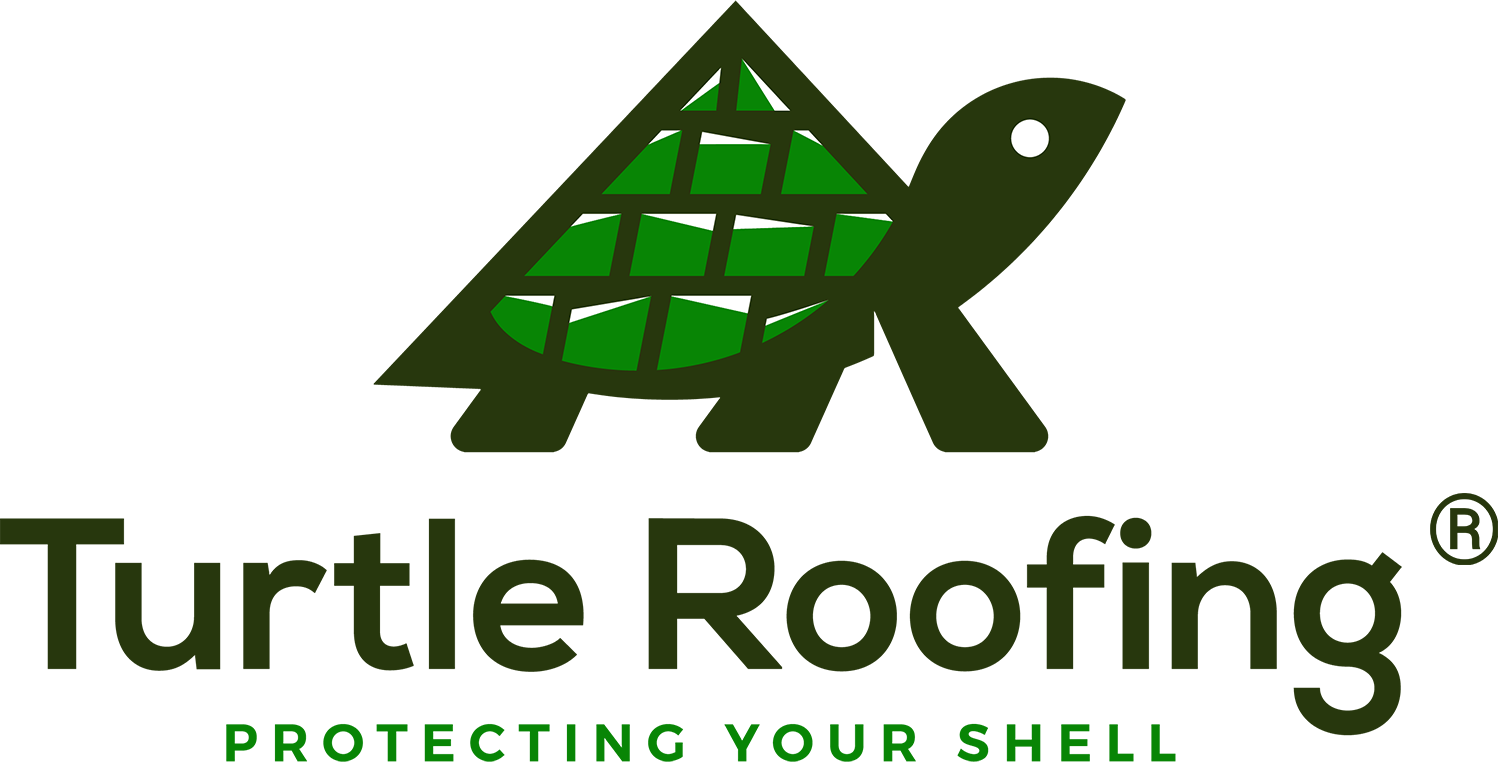
Picking the right roofing contractor is a decision that affects comfort, curb appeal, and resale value for years. Nebraska and Iowa weather puts every existing roof to the test with hail, heat, and winter freeze thaw cycles. The goal is simple. Work with professional contractors who communicate clearly, use quality roofing materials, and stand behind their work long after the project wraps. Use this guide to evaluate roofing companies, avoid red flags, and choose a partner who will protect your home.
Step 1. Verify the basics before any bid
Start with paperwork and public records. It is the quickest way to filter the list.
- Licensing and registration where required by your city or county
- General liability insurance that names your property as the job location
- Active workers compensation coverage
- A physical office address you can visit
- Ratings on Google, Nextdoor, and the business bureau
- Years in business and volume of roofing jobs in your area
Ask each company to email a current insurance certificate. A reputable team will send it quickly. Turtle Roofing carries liability and workers comp so crews and homeowners stay protected.
Step 2. Review experience with your roof and your neighborhood
A contractor can have a great reputation yet little experience with your roof style. Ask for three to five nearby addresses of completed work that match your project.
- Same material family such as asphalt, composite, or metal
- Similar pitch and complexity
- Similar age and condition of the existing roof
Drive by those properties and take a quick look from the street. This is a fast way to judge attention to detail and cleanup habits.
Step 3. Ask about systems, not just shingles
The roof you see is only part of the shield. A durable roofing system has several layers that must work together.
- Decking inspection and any needed replacements
- Ice and water shield at eaves and valleys
- Synthetic underlayment for secondary moisture protection
- Drip edge, starter strips, and flashing at all penetrations
- Ventilation plan and ridge caps for airflow
- Final magnet sweep and disposal
Insist on the phrase proper installation in the written scope. If a bidder cannot explain how all layers work together, keep interviewing. This is how you avoid callbacks and premature roof repair.
Step 4. Decide if you need repair or replacement
Any good company will assess whether you need a targeted roof repair or a full roof replacement. They should explain why, show photos, and tie recommendations to code and manufacturer guidelines. Ask for a side by side estimate that shows both options where feasible. Transparency builds trust and helps you plan for the long term.
Step 5. Compare bids apples to apples (N/A for Insurance Claims)
Prices vary for valid reasons. Make sure each bid includes the same items so you can compare fairly.
- Material brand and model for shingles or panels
- Underlayment type and ice barrier coverage
- Flashing metal and locations
- Ventilation method and count
- Tear off and haul away
- Daily cleanup plan and final magnet passes
- Warranty on materials and contractor s work
- Timelines for start and completion
If an estimate looks unusually low, ask which line items were reduced or removed. Incomplete scopes are common red flags.
Keep in mind that this only applies to out of pocket jobs and anything that involves insurance is given a price by the insurance company themselves.
Step 6. Gauge communication style and project management
You are hiring a contractor as much for organization as for craftsmanship. Notice how quickly calls are returned, how clearly emails are written, and whether timelines are realistic. Good companies assign a single point of contact who keeps you in the loop from first visit to completed work.
Questions to ask in your meeting:
- Who is my day to day contact
- How many crews will be on site and when
- What is the plan for protecting landscaping, siding, and windows
Reliable roofing partners set expectations early. That is a strong sign they will stand behind their work later.
Step 7. Know the warranties and what they really cover
There are two parts to every warranty. Manufacturer coverage for the product and the workmanship guarantee for contractor’s work. Ask for both in writing and get clear answers to these points.
- Length of coverage on leaks caused by installation errors
- What counts as normal wear
- Steps to request service on completed work
- Whether transfer to a new homeowner is allowed
A warranty has value only if the company intends to be in business years down the road. Local firms with deep roots are easier to reach when you need help.
Step 8. Spot common red flags before you sign
Look out for these warning signs when choosing a roofing partner.
- Cash only or a request for full payment before work begins
- No physical address
- High pressure tactics or limited time offers that demand a decision today
- Vague scope with no mention of underlayment or flashing
- Refusal to show insurance documents
- No references near your neighborhood
If two or three of these show up, keep interviewing. The cheapest bid is expensive if it fails in the first storm.
Step 9. Understand what happens on project day
Great roofing companies follow a clear plan that starts at sunrise and finishes with a spotless yard.
- Walk the site with you and confirm the plan
- Protect landscaping with tarps and plywood
- Remove old materials and check decking
- Install underlayment, drip edge, and starter strips
- Lay shingles or panels and seal every penetration
- Install ridge vent and caps
- Final cleanup, magnet sweep, and walkthrough
When the crew leaves, you should be able to see straight courses, tight flashing, clean lines at the edges, and a work area that looks better than before.
Step 10. Why Turtle Roofing is a smart choice for Nebraska and Iowa
Since 2010 we have helped more than two thousand homeowners with roof repair and roof replacement. Our process was built to protect your home from the first call to the final handshake.
- Local team with years of regional experience and hundreds of nearby addresses you can visit
- Clear estimates that spell out materials and scope so there are no surprises
- Real people who answer the phone and keep promises
- A workmanship guarantee that proves we stand behind their work
We believe in honesty and long term relationships. If your roof has years of life left, we will tell you. If it needs repair or replacement, we will explain why and show the photos to back it up.
A quick checklist you can print
Use this fifteen minute list when hiring a contractor for your next roofing project.
- Confirm license, general liability insurance, and workers comp
- Read recent reviews and the business bureau listing
- Ask for three addresses of similar completed work
- Request a written scope that includes underlayment, flashing, and ventilation
- Verify disposal and cleanup plan
- Compare warranties on materials and contractor’s work
- Agree on start date, timeline, and communication plan
Ready to talk with a local pro
Whether your project is a small roof repair or a full roof replacement, the right partner will deliver proper installation and a long lasting roofing system. Contact Turtle Roofing for a free, no pressure consultation. We will inspect the existing roof, review options, and help you choose materials and styles that fit your home and budget.
Book a free Inspection: www.turtleroofing.com
Protecting Your Shell across Nebraska and Iowa with careful planning, quality materials, and workmanship that lasts.




